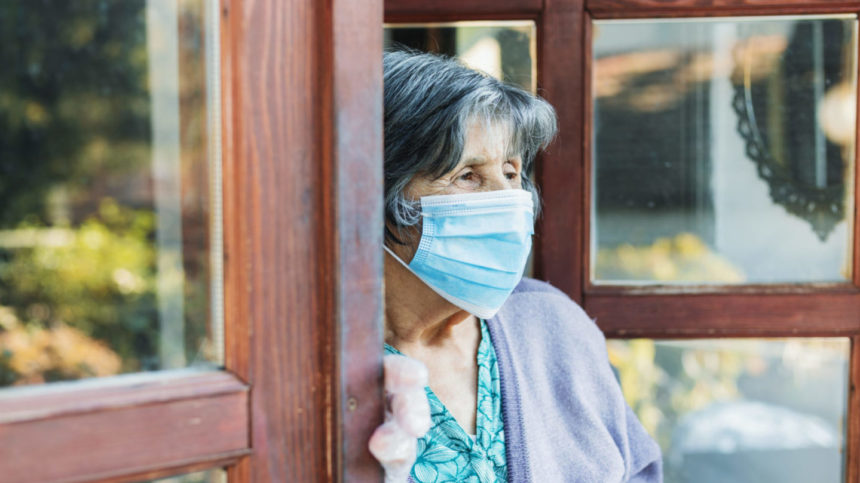
Social factors such living in poor neighborhoods, financial issues, lack of family contact and social isolation may contribute to early death in older adults, researchers have found.
Investigators from Massachusetts General Hospital and the University of California, San Francisco recently took a comprehensive inventory of older adults’ social attributes, based on a national health survey of older adults.
The researchers studied 8,250 older adults ages 65 and older over a four-year period. At the end of the four-year study period, 22% of those individuals had died. Based on 183 possible predictors, the researchers developed a Social Frailty Index including age, gender and eight social factors that contributed to early death: poor neighborhood cleanliness, low perceived control over financial situation, meeting with children less than yearly, not working for pay, not active with children, not volunteering, feeling isolated, and being treated with less courtesy or respect.
“We often overemphasize the importance of medical conditions when thinking about longevity. This research demonstrates that our social lives are as important as medical conditions,” said lead author Sachin J. Shah, MD, MPH, a physician-scientist at MGH and Harvard Medical School, in a news release.
From their research, Shah said they developed a 10-question survey that uses ages, gender and social characteristics to predict longevity. The survey also seeks to predict other outcomes important to older adults, such the ability to live independently.
Shah and his colleagues are currently working to validate their findings through additional studies and to incorporate their survey in medical research. They are making the tool available for clinicians to identify at-risk individuals who could benefit from measures that address the social issues affecting their health.
The study was published in the PNAs journal on Feb. 7 and received funding from the National Institute on Aging and the National Heart, Lung and Blood Institute.





